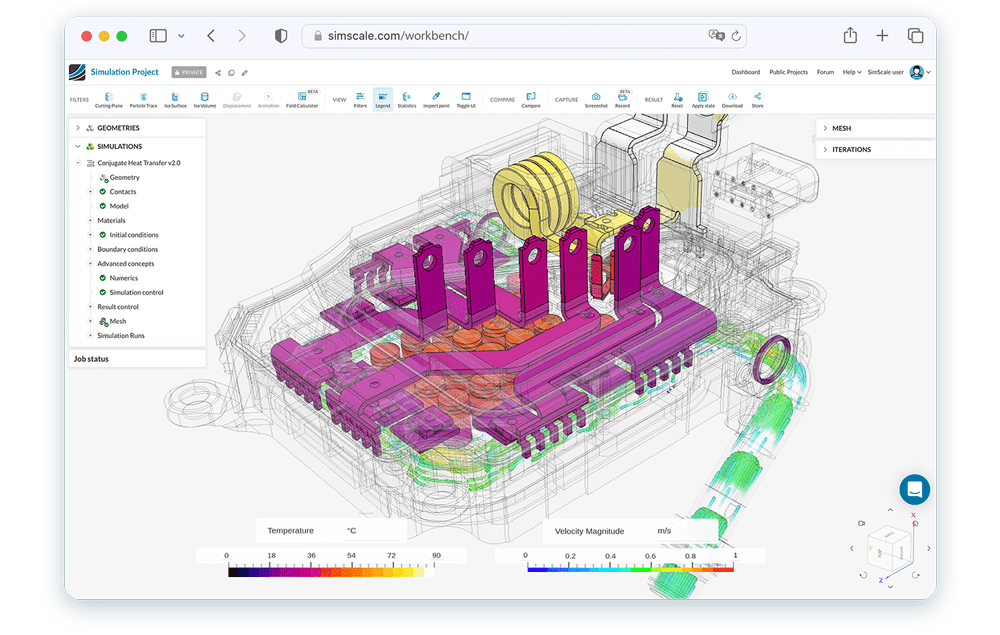Techman_7
Full Member level 3

Hello,
In cauer thermal simulation as below -

Source1 is the PWL pulses acting as power dissipation in MOSFET. The simulation works but if the Rthca (R5) is changed, then still the junction temperature remains the same. (Logically its correct, it should not change as per circuit configuration).
But practically Tj should change if Rthca (R5) is changed.
What modifications are needed in above simulation?
In cauer thermal simulation as below -
Source1 is the PWL pulses acting as power dissipation in MOSFET. The simulation works but if the Rthca (R5) is changed, then still the junction temperature remains the same. (Logically its correct, it should not change as per circuit configuration).
But practically Tj should change if Rthca (R5) is changed.
What modifications are needed in above simulation?



